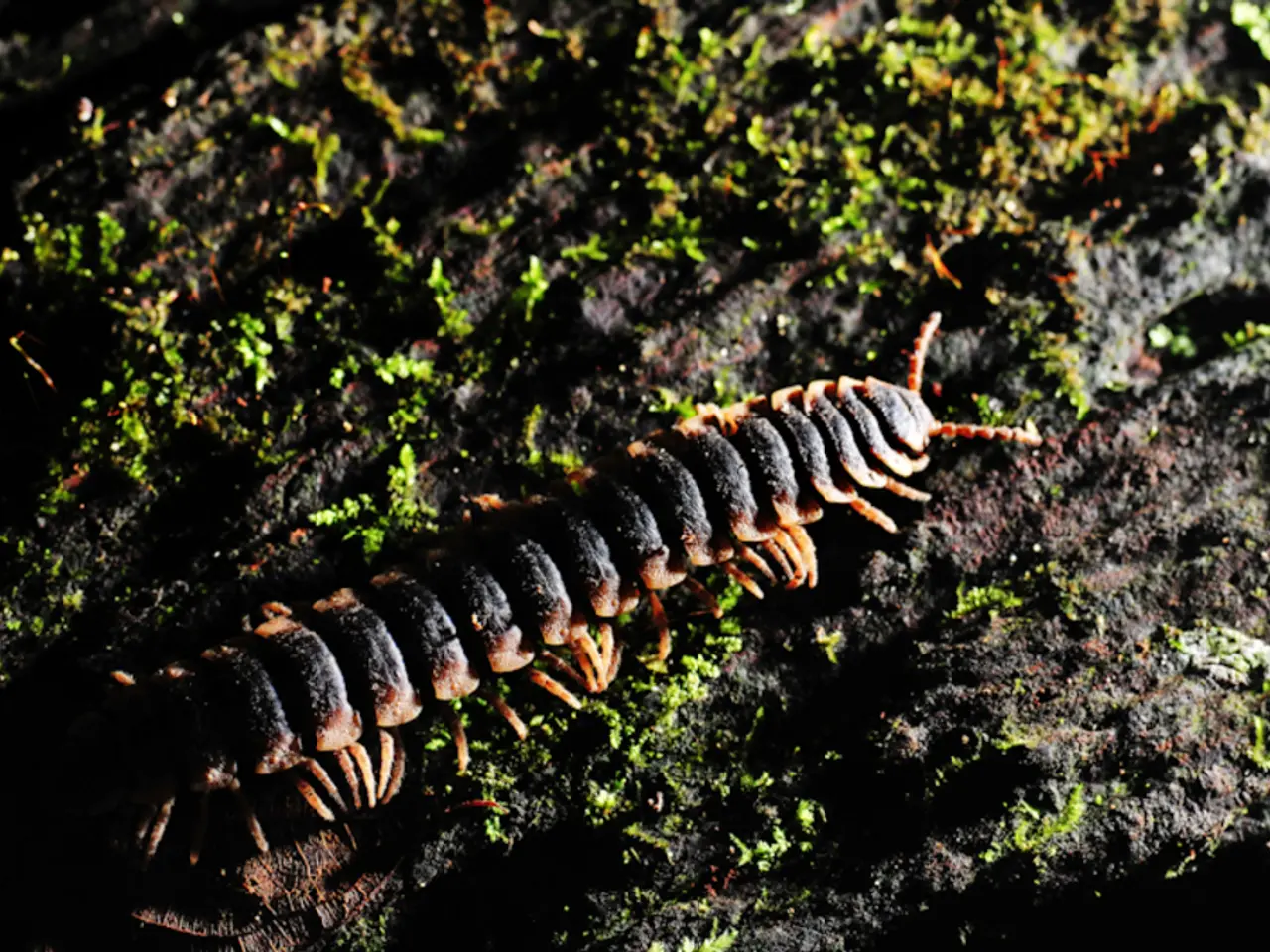Unraveling the enigma surrounding the painting surfaces of the ancient deserts
In a groundbreaking study, a team of researchers from the California Institute of Technology, the Department of Energy's SLAC National Accelerator Laboratory, and other institutions have shed light on the long-standing debate about the origin of rock varnish. This dark stain, rich in manganese, has been a subject of interest for scientists and researchers for centuries.
The improvements in X-ray beam size at the Stanford Synchrotron Radiation Lightsource (SSRL) played a significant role in this research. These advancements allowed the team to get a finer-grained picture of rock varnish, revealing intricate details about its composition.
Using various techniques such as DNA sequencing, mineralogical analyses, electron microscopy, and advanced X-ray spectroscopy methods, the research group discovered that the manganese compounds in varnish are the result of ongoing chemical cycles, not millennia-old deposits as previously thought.
One of the key observations made was that manganese in desert dust is usually in particle form, but it is deposited in more continuous layers in varnish. This finding led the team to believe that rock varnish is produced by microbial strains using manganese to protect themselves from the harsh effects of the desert sun.
The prevalence of bacteria called Chroococcidiopsis, which use manganese to combat the oxidative effects of the harsh desert sun, further supported this theory. As a result, the team concluded that rock varnish is left behind by these bacteria.
Usha F. Lingappa, a graduate student at Caltech and the study's lead author, and her colleagues were initially interested in understanding how microbial ecosystems in the desert interact with rock varnish. Lingappa, who has been a manganese enthusiast for a while, was particularly intrigued by the role of this element in desert environments.
The research, led by Lingappa et al., was published in the prestigious Proceedings of the National Academy of Sciences on the 22nd of June 2021. The study was supported by the National Science Foundation, the National Institutes of Health, and the National Aeronautics and Space Administration.
SSRL, a DOE Office of Science user facility, was instrumental in this research. The improvements in X-ray spectroscopy at SSRL were crucial for the team to get a good look at their samples without the risk of damaging them.
This research not only sheds light on the origin of rock varnish but also opens up new avenues for understanding the interaction between microbial ecosystems and their environment in extreme conditions. Previous researchers like Charles Darwin and Alexander von Humboldt have written about rock varnish, and this study adds to the growing body of knowledge on this intriguing phenomenon. The DOI for the research is 10.1073/pnas.2025188118.
Read also:
- Peptide YY (PYY): Exploring its Role in Appetite Suppression, Intestinal Health, and Cognitive Links
- Toddler Health: Rotavirus Signs, Origins, and Potential Complications
- Digestive issues and heart discomfort: Root causes and associated health conditions
- House Infernos: Deadly Hazards Surpassing the Flames








